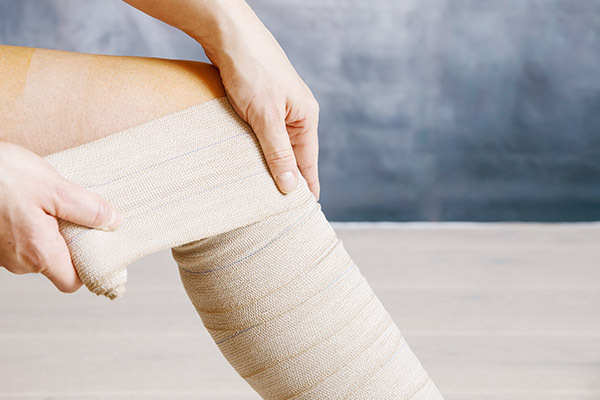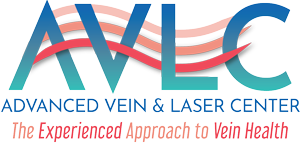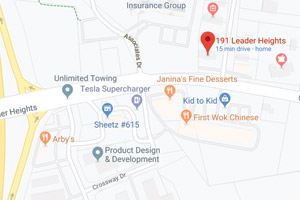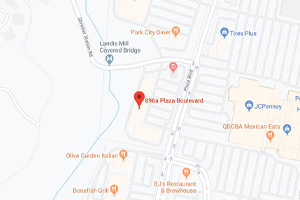Venous Ulcers Specialists
Vein Specialists & Vascular Surgeons
Venous Ulcers Specialists
Vein Specialists & Vascular Surgeons
AVLC Venous Ulcers Treatments
AVLC Venous Ulcers Treatments
Venous ulcers affect about 1% of Americans and are more common among women and older adults. Vascular surgeons Steven Heird, MD, FACS, and David Winand, MD, FACS, diagnose and treat venous ulcers at Advanced Vein & Laser Center locations in York and Lancaster, Pennsylvania. If you have leg swelling, discoloration, or sores, call or book an appointment online today.
Venous ulcers affect about 1% of Americans and are more common among women and older adults. Vascular surgeons Steven Heird, MD, FACS, and David Winand, MD, FACS, diagnose and treat venous ulcers at Advanced Vein & Laser Center locations in York and Lancaster, Pennsylvania. If you have leg swelling, discoloration, or sores, call or book an appointment online today.
Venous Ulcers Q & A
Venous Ulcers Q & A
What are venous ulcers?
Sometimes called stasis ulcers, venous ulcers are open sores that appear on your legs, typically just above the ankle. These ulcers occur when the veins in your legs don’t push blood back up to your heart as effectively as they should. Veins contain valves that actively push deoxygenated blood back to your heart. In locations like your legs, these valves must work against gravity to return blood to your heart. When these valves get damaged or worn down over time, blood can flow backward and collect in the veins.

What venous conditions are associated with ulcers?
In addition to venous ulcers, insufficient blood flow in the veins can cause a host of associated problems.
Dr. Heird and Dr. Winand treat the full spectrum of venous disorders, including:
- Varicose veins
- Spider veins
- Venous insufficiency
All of these problems can cause leg cramps, pain, and swelling, as well as serious complications such as blood clots or stroke.
How do I know if I have venous ulcers?
Venous ulcers usually appear as shallow, red sores with unevenly shaped borders. The skin around the ulcers may be shiny, tight, or warm to the touch. The skin may also appear yellow or otherwise discolored.
Common symptoms of venous ulcers include:
- Leg pain
- Leg swelling
- Leg cramping
- Itching and tingling
- Leg weakness
The best way to find out if the sores on your legs are related to a vascular condition is to schedule an appointment at Advanced Vein & Laser Center.
How do you diagnose and treat venous ulcers?
First, Dr. Heird or Dr. Winand performs a physical exam and reviews your medical history. They may also take an on-site ultrasound imaging test to evaluate the condition of your blood vessels.
Once they determine the underlying cause of your venous ulcers, they develop a treatment plan tailored to your individual needs.
Treatment may begin with lifestyle changes to promote healthy circulation, such as:
- Quitting smoking
- Eating well and exercising
- Maintaining a healthy weight
They may also recommend you wear compression socks to prevent blood from pooling in your legs.
If you have varicose veins, treatment may include:
- Radiofrequency ablation
- Traditional sclerotherapy
- Ultrasound-guided sclerotherapy
Venous ulcers shouldn’t be ignored. Call Advanced Vein & Laser Center or book an appointment online today.
Schedule your consultation today
Schedule your consultation today
Choose your preferred office location:
What our patients are saying
What our patients are saying

Useful Links
Towards Healthy Life
About us
treatments offered
Patient Resources
Contact Us
Request a consultation
Career Opportunities


